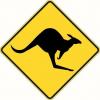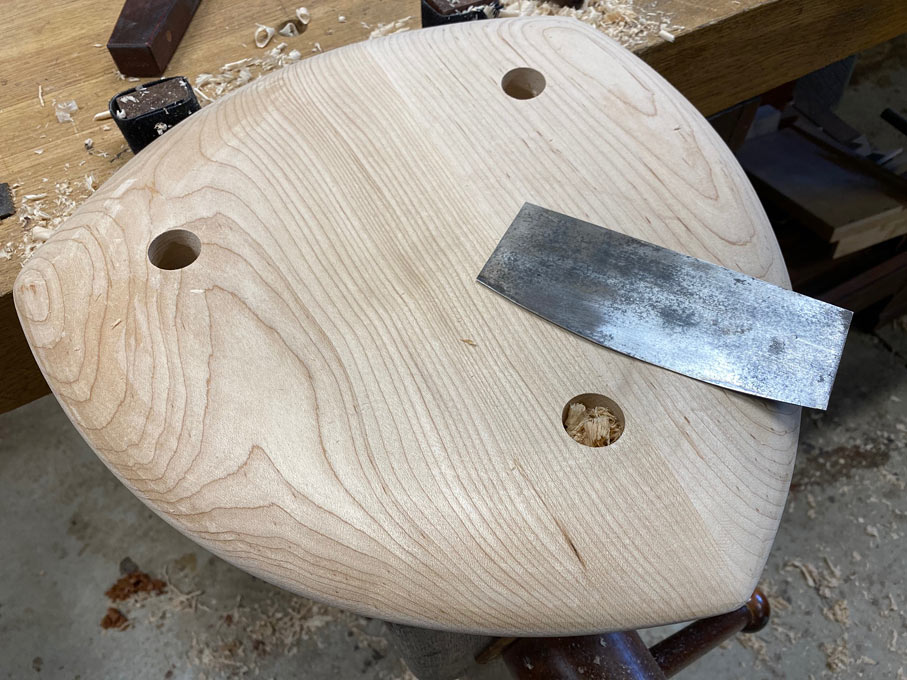It has been a decade since my last sitting stool has been made. It was supposed to be for Candy but my feet rest on it all the time while watching TV. It is occasionally used as a work table. Candy does use it when she is working on things around the house and outside.
Candy has asked me to make another one so she can leave it in the greenhouse or use it when working on some of the larger potted plants outside. She is expecting one just like the one made ten years ago. It was made in the style of a small saw horse >
https://sawmillcreek.org/showthread.php?159721
She hasn’t painted it yet.
Since she wants to use the new stool outside and in the greenhouse my plan is to make a three legged stool, for use on uneven ground. The top will also be round.
The stock chosen for this came from the firewood pile years ago. It was a square of ~2” thick alder. A circle was drawn on it to cut out on the bandsaw. My original intent was to turn this on the lathe. Turns out the radius is about an inch too much for my lathe.
A piece of scrap had a matching arc cut into it to help hold the piece on the bench:
a Scrub Work.jpg
The piece needed some cleaning, an apt job for a scrub plane.
A spokeshave was used to cut a bevel all around what will become the underside of the seat:
b Shaving a Bevel.jpg
Spokeshaves were used to smooth the edge:
c Smoothing The Edge.jpg
A #51 spokeshave was used with the blade set to an even, light cut. An old wooden spokeshave was also used and worked well in difficult spots with its low angle of engagement.
In the image the shave is being pulled up from the lower right. On a round work piece the direction of shaving changes over each quarter. It also helps to skew the shave and even slide it from side to side in motion. This produces a slicing cut that works quite well at avoiding tear out and chatter.
The top side of the seat needed a few more strokes with the scrub plane:
d Last Few Scrubs.jpg
My plan is to make a depression in the center instead of being a flat top stool. First to do along this line is to find and mark the center:
e Marking Center.jpg
My tendency is to make multiple marks to determine the best spot for center. A circle was drawn using the averaged center:
f Circle Layout.jpg
A convex shave was used to remove material next to the drawn line:
g Trimming to the Line.jpg
A scorp was also used to remove waste from the center:
h Give Scorping a Chance.jpg
The scorp has a bevel on the outside. Using it here has me thinking the bevel should be on the inside of the curve.
To be continued…
jtk





 Reply With Quote
Reply With Quote




